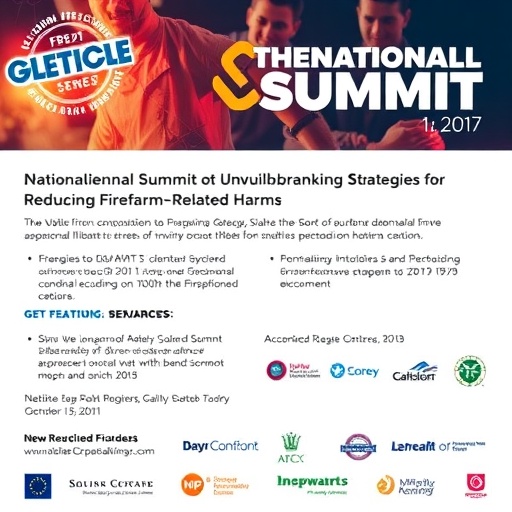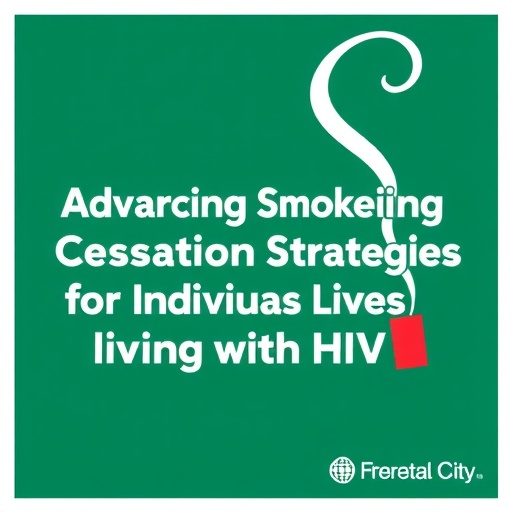A Safer America: Charting a Scientific Roadmap to Dramatically Reduce Firearm Violence by 2040
Firearm violence in the United States remains a persistent and complex public health crisis, demanding urgent and innovative approaches beyond traditional methods. Recently, the JAMA Summit on Firearm Violence gathered an interdisciplinary group of experts—including public health researchers, clinicians, economists, policy-makers, and technologists—to set forth a visionary roadmap aimed at substantially decreasing firearm-related injuries and deaths by 2040. The consensus emerging from this landmark summit signals a paradigm shift: a commitment to bold, evidence-based interventions that foreground community leadership, cutting-edge technology, and structural change.
Over two intensive days, the Summit convened around critical themes. Experts delved into strategic visions for a safer nation by mid-century, explored pioneering, locally-driven prevention tactics, and evaluated technological innovations in firearms and ammunition safety. Discussions also illuminated the transformative potential of market-ready gun safety technologies and underscored the necessity of dismantling deep-rooted socio-structural drivers of gun violence. Through scientific rigor and multidisciplinary collaboration, the Summit produced a detailed framework emphasizing five essential actions for the upcoming five years—actions that together form the foundation for a scalable, sustainable reduction in firearm harms.
Central to the Summit’s strategy is the imperative to focus interventions at the community level, targeting the environmental, social, and economic determinants that underpin firearm violence. Empirical evidence points convincingly to the efficacy of interventions such as urban greening projects—revitalizing vacant lots and repairing dilapidated buildings—which correlate with marked decreases in firearm assaults and improvements in mental health metrics. These place-based interventions demonstrate how modifying the physical landscape can disrupt cycles of violence, especially in socioeconomically disenfranchised urban areas.
Technological innovation features prominently in the Summit’s vision. Emerging smart firearm designs and AI-enabled safety systems promise to reshape gun ownership by embedding risk mitigation mechanisms directly into the hardware. However, the deployment of such technology must be guided by ethical rigor and transparent stakeholder engagement—including gun owners, healthcare professionals, and law enforcement—to avoid unintended consequences or resistance. Responsible integration of these advancements could serve as a groundbreaking tool in reducing accidental shootings and unauthorized firearm use.
Another fundamental pillar involves reshaping the national narrative around firearm harms. Historically, discussions about gun violence have been deeply polarized, impeding unified action. The Summit advocates reframing the discourse to generate widespread consensus around evidence-based prevention strategies. By emphasizing common human impacts—grief, fear, loss of opportunity—the narrative can mobilize diverse constituencies across ideological divides, fostering collaboration and bolstering political will.
Coordinated, cross-sectoral collaboration is underscored as vital. The Summit calls for a whole-of-government and whole-of-society approach, integrating health care systems, criminal justice, education, housing, and community organizations into a unified framework. Such integration facilitates comprehensive responses—ranging from early risk identification and intervention to long-term social support—that address firearm violence holistically rather than reactively.
Within this overarching framework, there is a stressed need for a research revolution. Accelerating discovery and rigorous evaluation of interventions will require sustainable funding streams and interdisciplinary research partnerships that bridge gaps between academia, community practitioners, and policy-makers. This scientific momentum is critical not only for identifying effective solutions but also for refining and scaling them based on quantifiable outcomes.
The complexities of firearm violence are further illustrated by distinct geographic patterns. Between 2001 and 2020, rural counties exhibited higher firearm death rates primarily due to suicides, whereas urban centers continue to experience disproportionately high homicide rates. This bifurcated epidemiology necessitates tailored interventions that address the unique social and cultural contexts of diverse communities. In rural settings, suicide prevention initiatives tied to firearm safety must be prioritized, while urban strategies may focus more strongly on interpersonal violence and systemic inequities.
Community violence intervention (CVI) programs have emerged as a promising avenue for reducing firearm injury and death. These programs emphasize credible messengers—often individuals with lived experience—to engage violence-affected communities proactively. The Summit advocates for their expanded implementation, supported by professional training, stable financing, and integration into medical and urban infrastructures. Embedding CVI within healthcare systems, for example, can create pathways for trauma-informed care and violence prevention at critical moments post-injury.
Underlying these strategies is a commitment to addressing structural determinants—poverty, systemic racism, educational inequality—that fuel cycles of violence. Policies that enhance economic opportunity, improve housing stability, and increase access to mental health and social services form a critical upstream foundation. Without transforming these root conditions, downstream solutions risk limited or ephemeral success.
Leading voices at the Summit have emphasized the necessity of moving beyond incrementalism. According to Dr. Charles Branas, chair of the Department of Epidemiology at Columbia University’s Mailman School of Public Health and a JAMA study co-author, “We must embrace innovation, scientific accountability, and community leadership to make safety a durable reality. Gun violence touches all Americans—it is everyone’s problem.” This shared responsibility framework encourages bold policy reforms paired with grassroots empowerment.
Finally, technological and environmental solutions must be evaluated continuously using rigorous randomized controlled trials and other scientific methods. Prior studies published in JAMA have already demonstrated significant reductions in firearm assaults following urban greening efforts and environmental remediation. These data-driven results provide a replicable model for evidence-supported, scalable interventions that combine public health, urban planning, and social justice to reimagine safety.
The JAMA Summit on Firearm Violence establishes a comprehensive and forward-looking blueprint for tackling one of America’s most intractable public health challenges. By uniting science, community insights, and system-wide collaboration, this vision for 2040 envisions a future where firearm violence is substantially diminished and all communities can experience safety, dignity, and opportunity. The pathway is arduous but marked by achievable, evidence-based milestones poised for transformational impact.
—
Subject of Research: Strategies and innovations to reduce firearm violence in the United States
Article Title: A Safer America: Charting a Scientific Roadmap to Dramatically Reduce Firearm Violence by 2040
News Publication Date: 2025
Web References:
– https://jamanetwork.com/journals/jama/fullarticle/ — (JAMA Summit Report)
– https://www.mailman.columbia.edu
References: Various studies published in JAMA related to environmental and firearm violence interventions
Image Credits: None provided
Keywords: Gun violence, firearm safety technology, public health, community intervention, environmental remediation, epidemiology, suicide prevention, urban greening
Tags: collaborative frameworks for violence reductioncommunity-led initiatives for reducing gun harmevidence-based interventions for public healthfirearm violence prevention strategiesinterdisciplinary approaches to gun safetyJAMA Summit on Firearm Violencelong-term strategies for firearm-related injuriesmarket-ready gun safety technologiespublic health crisis of firearm violencesocio-structural factors influencing gun violencetechnological innovations in firearm safetyvisionary roadmap for a safer America






